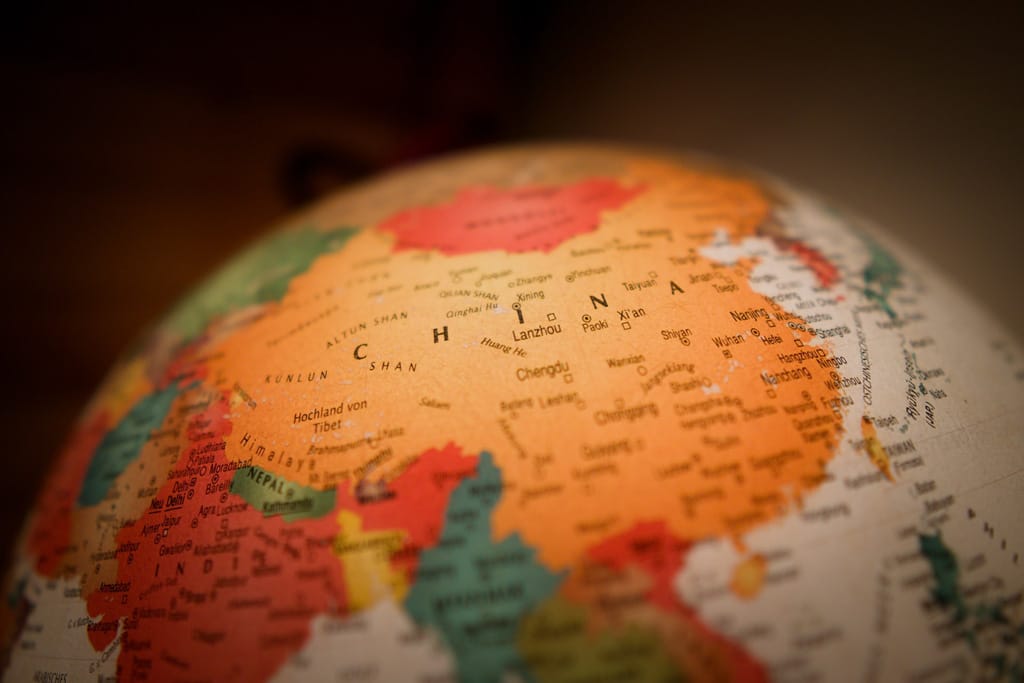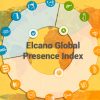
Just a few weeks ago, China’s president, Xi Jinping, called for a more “loveable” image for China during the Chinese People’s Political Consultative Conference which was held at the beginning of June. Xi Jinping aims to revamp its country’s image, and “expand its circle of friends”. Chinese president told senior Communist Party officials the country must work towards an image of a “credible, loveable and respectable” China.
This is not fortuitous. In 2020, in the aftermath of the COVID-19 outbreak, 48% of Europeans had a worse image on China than before. Only 12% of Europeans had improved their view on China, according to a European Council on Foreign Relations’ survey. However, this is not circumstantial –the pandemic has structural, systemic consequences for our societies. China’s government has previously faced reputation crises, derived from increasingly international criticism vis-à-vis activism and pro-democracy protests in Hong Kong, or the Uyghur situation in Xinjiang.
Soft power: A renewed hard power, or a vaguely defined foreign policy tool?
Chinese leader’s words shed light on how soft power, as a tool for foreign policy, has changed in these last years. Similarly, it raises the question on how growing Chinese leadership and its US rivalry in various realms have led soft power to be greatly “strategized” –and, even in some aspects, to gain certain hard power traces.
The key problem about soft power is that it has become a “grab-all” notion, according to a 2012 Clingendael report. Anything and everything re seen as components of a vaguely defined, amorphous concept. At that time, it was argued that there was no clear separation between both soft and hard power conceptually. Hard power has been often seen as a foreign policy toolbox referred to security and defence, economic diplomacy, and other dimensions. Soft power has rather been conceived as the set of public communication campaigns as well as image and reputation projection.
What China’s vision articulates is a soft power understood as a cross-cutting strategy (as a fox, or strategic buffet). It is far from the traditional vision of –sometimes mistakenly– seeing it as a “single master strategy”, or hedgehog. Working on soft power as a fox is a foreign policy perspective which the U.S. government has been long developing. It has been addressed by Public Diplomacy in the Washington DC ecosystem as its “Big Paradox”.
Making a virtue out of strategy
Chinese president’s words at the beginning of June did not revolve around its image across the entire planet. It referred to China’s image in societies from European countries, the United States, Canada, and other like-minded countries. In the Southern hemisphere, China’s image and reputation move in another direction, more positive and proactive. Commercial agreements between both Chinese government and many Sub-Saharan African and Latin American and Caribbean countries, under the umbrella of China’s Belt and Road Initiative, have scaled up the breadth and depth of trust and social acceptance of an increasingly solid partner these countries were not used to work with, at least at the same intensive level than occurs now.
Being this said, the challenge for any country –not only China– when it comes down to improving its soft power as a cross-cutting strategy which may enlarge and strengthen its hard power lies in knowing how to turn soft power into a strategic asset. It is not only about public diplomacy campaigns, officer secondments in foreign countries and entities, or the promotion of exchanges, but also how to distinguish amongst four strategies on soft power:
- Engagement strategies, intended to promote dialogue and coalition-building on unattended issues.
- Shaping strategies, which reshapes the discussion of an underway, still vague topic.
- Disruptive strategies when an emerging consensus goes against a country’s interests.
- Destructive strategies, used to minimize the adversary. However, this last technique is understandably not recommendable if we are to favour global stability and peace.
These categories may happen to seem abstract. However, each of them has been certainly applied in practical realms. US Secretary of State, Anthony Blinken’s proposal on a Technology Alliance of Democracies, aims to build coalitions on technology governance, with an eye on non-democratic countries. It is an engagement strategy which looks forward to improving its image vis-à-vis an upward country, as China, which would not often make coalitions, but increasingly signs bilateral commitments with countries such as Russia (the dragon-bear pair), thus reinforcing their mutual image.
Paying attention to small details
It is not straightforward to turn soft power into a truly strategic asset of foreign policy. For those countries which are used to have resources and a hybridized public diplomacy with hard power, certain spaces may appear to be familiar. However, new challenges dawn in foreign policy, such as technology governance, and not all countries have a specific soft power strategy on this topic –and much more.
There has always been talk about what books Presidents store in their bedside table. It is said that Joe Biden reads poetry; Barack Obama goes to bed after reading activism essays; Angela Merkel is an avid reader of global history; and Xi Jinping is always accompanied by books on science and technology. Everything has a reason.


